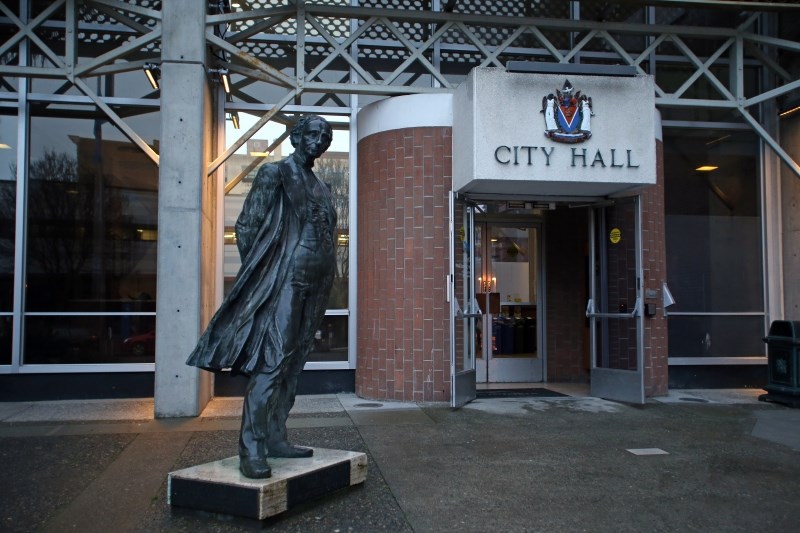A Supreme Court decision that the City of Victoria was within its rights not to issue a developer building permits for three houses in a five-lot Fairfield subdivision has been upheld by the B.C. Court of Appeal.
Developer Terrence Bradshaw bought a Pakington Street property in 2008 with the intention of subdividing it into five lots and building a single family house on each of the lots. Two of the lots were to be accessed from Pakington and three from a back lane that has since been named Harling Lane, according to a just released appeals court decision.
At the time Bradshaw began the subdivision process, the city’s Official Community Plan did not require development permits in that area of the city.
In July 2012, the city adopted it’s new OCP which made development permits mandatory throughout the city.
While Bradshaw had, by that time, applied for building permits for three of the lots, the applications were still in process and could not be completed because the subdivision had not yet been registered.
In March 2013, Bradshaw applied for building permits for the two Pakington Street lots.
“Victoria quickly responded with a deficiency notice, indicating that the building permits could not be issued until the appellant [Bradshaw] obtained development permits for the lots. In April 2013, Victoria provided the appellant with an updated deficiency list with respect to the Harling Lane building permit applications.
“For the first time, it noted that those building permits, too, would not be issued until the appellant obtained development permits,” the decision written by Mr. Justice Harvey Groberman says.
Bradshaw’s arguments to first the B.C. Supreme Court and then the Court of Appeal were three-fold: that because the new OCP was not in place at the time he applied for subdivision, he was exempt under a section of the Local Government Act from the development permit requirement; that Victoria failed to take necessary steps to make the OCP applicable to the subdivided lots and that the OCP was adopted without proper consultation.
“In the case before us, the appellant did not, at any time, have a prima facie right to a building permit. Before the new OCP was adopted by Victoria, no building permit could be issued because the subdivision had not yet been deposited or registered. The lots to which the building permits would attach did not yet exist. After the OCP was passed, the appellant had no prima facie right to a building permit because the OCP required that he obtain a development permit before a building permit could be issued,” the decision says.
The appeals court found that the city engaged in extensive consultation in developing the OCP.
That’s why the decision is important to the city, said Mayor Lisa Helps.
“It shows the importance, to the point of the court upholding a robust and genuine public participation process,” Helps said.
At the time of the appeal, Bradshaw had obtained development permits for the two Pakington Street lots.



